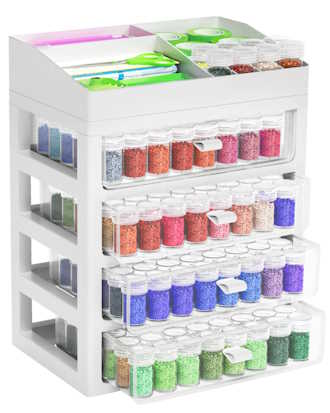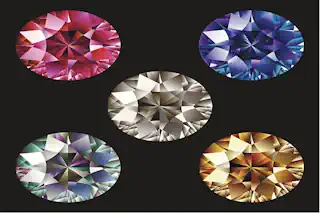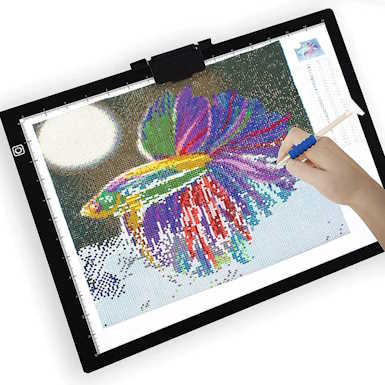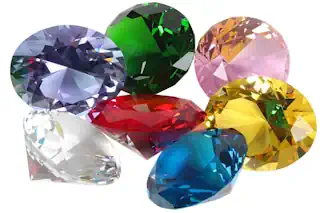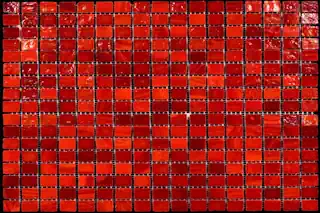Finishing Touches: The Complete Guide to Diamond Art Sealers for Crafters and Diamond Painting Enthusiasts
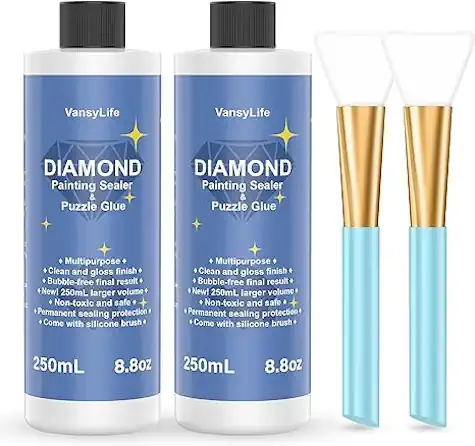
In the world of crafting and artistry, diamond painting has emerged as a captivating and therapeutic activity. Transforming small, sparkling resin “diamonds” into vibrant mosaic-style art pieces can be a relaxing and rewarding experience. However, to truly preserve and enhance these glittering works of art, the right sealer is crucial. In this comprehensive guide, we’ll explore the importance of diamond art sealers, the various types available, tips for choosing the perfect sealer, maintenance advice, and where to find the best sealers for your projects.
What Are Diamond Art Sealers and Why Do You Need Them?
Understanding Diamond Art Sealers
Diamond art sealers are specially formulated finishes designed to protect the completed diamond paintings. These sealers create a barrier on the canvas that helps secure the diamond drills, preventing them from loosening or falling off. They also provide a protective layer that can shield the art from dust, dirt, moisture, and UV rays, thereby ensuring the longevity of the piece.
The Importance of Using a Sealer
While diamond paintings can be striking when first assembled, they can lose their luster over time without proper sealing. The adhesive used to affix the tiny diamonds on to the canvas can degrade, especially in harsh environmental conditions. Sealers act as a shield, keeping your art looking new and vibrant, no matter where you choose to display it. Sealers come in a variety of different finishes so it is important the sealer matches the project.
Comparing the Different Types of Sealers for Diamond Paintings
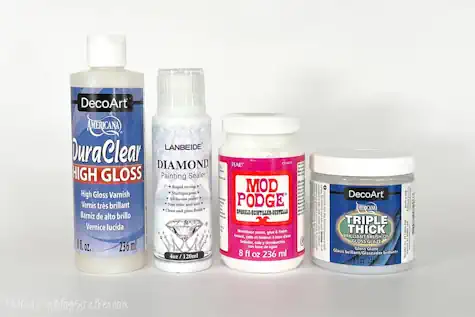
Spray Sealers
Spray sealers are often a preferred choice due to their ease of application. They can provide a smooth and uniform finish over large areas quickly. The aerosol form also prevents brush strokes, which can be a noticeable flaw in the final piece.
Pros:
Even coverage
Quick-drying
No brush marks
Cons:
Can be difficult to control in smaller projects
The fumes may be too strong for some users
Brush-On Sealers
Brush-on sealers give you more control over the application and work well for smaller projects. With careful application, brush-on sealers can provide an even shine, gloss or matte finish, depending on the sealer type.
Pros:
Precise application
Work well for detailed and small projects
Cons:
Risk of brush strokes showing
Slower application process
Sealant Glues
Some crafters prefer using sealant glues, which are essentially strong adhesives that create a protective layer as they dry. They are more viscous than other types and may require some mixing or thinning with a solvent before use.
Pros:
Strong bond
Can be layered to increase protection
Cons:
Application can be messier
Potential for cloudy or uneven drying
How to Pick the Right Diamond Art Sealer for Your Project

Considering Your Painting’s Size and Detail
For larger projects hard work where speed is essential to maintain consistency of the finish, a spray sealer may be best. Conversely, smaller, more detailed works might benefit from a brush-on sealer for a controlled application without the risk of overspray.
Desired Finish and Environmental Factors
Consider the look you want for your piece – glossy, matte, or somewhere in between. Additionally, if your diamond painting will be exposed to higher levels of humidity or sunlight, a sealer that provides UV protection and is water-resistant would be wisest.
Application and Storage Tips
Whether you choose a spray or brush-on sealer, always test their compatibility with your diamond painting on a separate, similar surface. This ensures the sealer won’t affect the colors or adhesive of your artwork. Ensure the finished canvas and surrounding environment are clean, and free of dust and other particles that could become trapped in the sealer. Proper storage of the sealer can increase its shelf life, typically in a cool, dry place.
Best Practices for Sealed Diamond Art
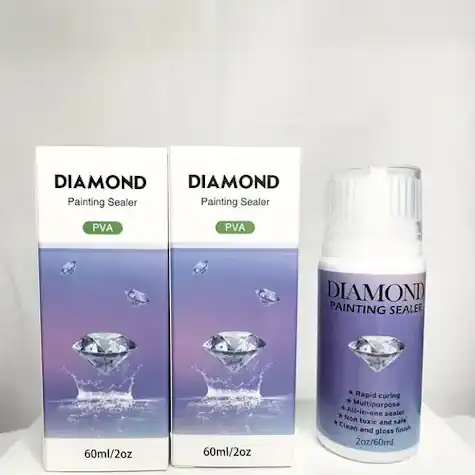
Protecting Your Finished Piece
Once your finished diamond painting part is sealed, handling it with care is crucial. Avoid creases, folds, and sharp impacts that could damage the protective layer or dislodge drills over time. Always use a clean, soft cloth to gently clean the entire painting when necessary. You spent so much time making a gorgeous piece of art don’t let time diminish its sparkle.
Long-Term Care and Preservation
To improve the longevity of your sealed diamond art, consider using all in one glue and framing it under glass. This provides an additional barrier against environmental damage and allows for safer and easier cleaning. If hanging, choose a display area away from direct sunlight and high humidity.
If you need to store your projects be sure to lay them flat and try to contain them between layers of mat board or cardboard to ensure the canvas doesn’t get creased. When removing from storage inspect the piece carefully to make sure all the diamonds are in place and none are loose.
Quality Diamond Art Sealers and Where to Find Them
Top Brands and Sealer Reviews
Several brands produce high-quality diamond art sealers, each with their unique attributes. Reviews from fellow crafters can be incredibly helpful in selecting the right product for your needs.
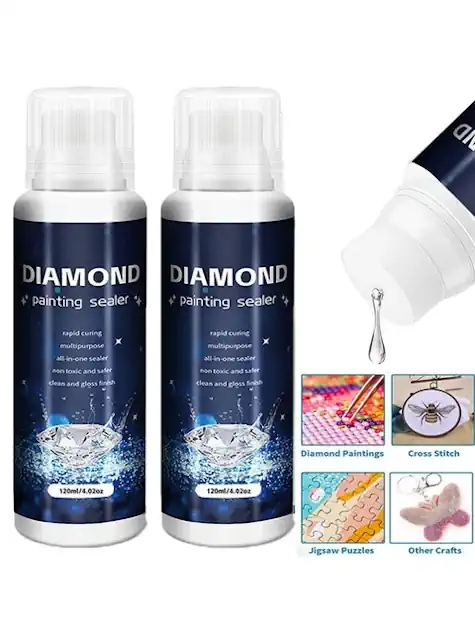
Top 10 Brands of Diamond Art Sealers
Mod Podge: A popular choice for crafters, known for its reliability and versatile finish options. Comes in many options including Mod Podge glitter which can really change the final appearance.
Krylon Preserve It!: Offers excellent UV protection, ideal for diamond art exposed to sunlight.
Aleene’s Spray Acrylic Sealer: Provides a durable, clear coat that’s easy to apply.
Rust-Oleum Crystal Clear: A strong sealer that guarantees long-lasting protection and a glossy finish.
Montana Cans Gloss Spray: Favored for its fine mist and even application, suitable for large pieces.
Golden Archival Spray Varnish: Offers both UV protection and flexibility in finish types (gloss, satin, matte).
Winsor & Newton Artists’ Aerosols: Known for professional quality, perfect for high-detail work.
Plaid Patricia Nimocks Clear Acrylic Sealer: Dries quickly and gives a beautifully clear, glossy finish.
Grumbacher Final Fixative Gloss Spray: A trusted brand among artists for finishing and preservation.
Liquitex Professional Varnish: Provides a permanent, high-gloss finish with options for brush-on or spray application.
These brands stand out for their quality, ease of use, and ability to protect and enhance diamond art projects. Always read reviews and test a small area of your project first to ensure compatibility.
Purchasing Recommendations
Local craft stores and online retailers are great places to find diamond art sealers. When shopping, look for sealers that specifically mention their compatibility with diamond painting or similar crafts.
Conclusion
In the world of diamond art, the importance of a good sealer cannot be overstated. It is the final touch that completes your masterpiece, not only enhancing its visual appeal but also safeguarding it for the years to come. By following the insights and tips provided in this guide, you’ll be well on your way to choosing the perfect diamond art sealer and achieving professional-level results in your crafting endeavors. Happy sealing, and here’s to many more hours of joyful creation in the world of diamond painting!
Frequently Asked Questions (FAQ)
Can I use a regular varnish or sealer meant for other crafts on a diamond painting kit?
While varnishes or sealers designed for other crafts might work, it’s essential to choose products specifically for diamond painting sealer labeled as compatible with diamond painting to ensure the best results and avoid damaging your artwork.
How long should I wait before sealing my diamond art?
It’s advisable to wait at least 24 hours after completing your diamond art to ensure that the adhesive has fully set. This waiting period prevents smudging and ensures the drills stay in place during the sealing process.
Can I use a hairdryer to speed up the drying process of the sealer?
Using a hairdryer on a low, cool setting might help speed up the drying time, but be cautious. High heat or a powerful air stream can displace lightweight drills. Always test this method on a small, inconsequential area first. It is important for each layer to be completely dry but heat is not always your friend. Overheating can warp the canvas and cause individual diamonds to glaze over or turn milky.
How many layers of sealer should I apply?
This can vary depending on the type of sealer used and the level of protection desired. Generally, one to two coats are sufficient, but read the product’s instructions for specific recommendations. Allow each layer to dry completely before applying the next coat. This is especially true when using a brush on sealant. Sometimes a smaller brush will help avoid air bubbles and provide a perfect consistency for your piece.
Is it necessary to seal diamond art?
Sealing is not necessary for every project, but it is recommended for pieces you wish to preserve long-term. Sealing helps protect against dust, spills, and fading, especially if the artwork will be handled or displayed without glass protection.
Can sealed diamond art still be framed without glass?
Yes, sealed diamond art can be framed without glass, as the sealer provides a protective layer. However, framing under glass or acrylic adds another level of protection, especially from UV light and physical damage. Framing with glass is as much a matter of personal preference as it is a layer of protection.
Where can I find more advice on sealing diamond art?
Many online communities and forums dedicated to crafting and diamond painting offer extensive advice, personal experiences, and recommendations for sealing diamond art. Exploring these resources can provide valuable insights and creativity.
